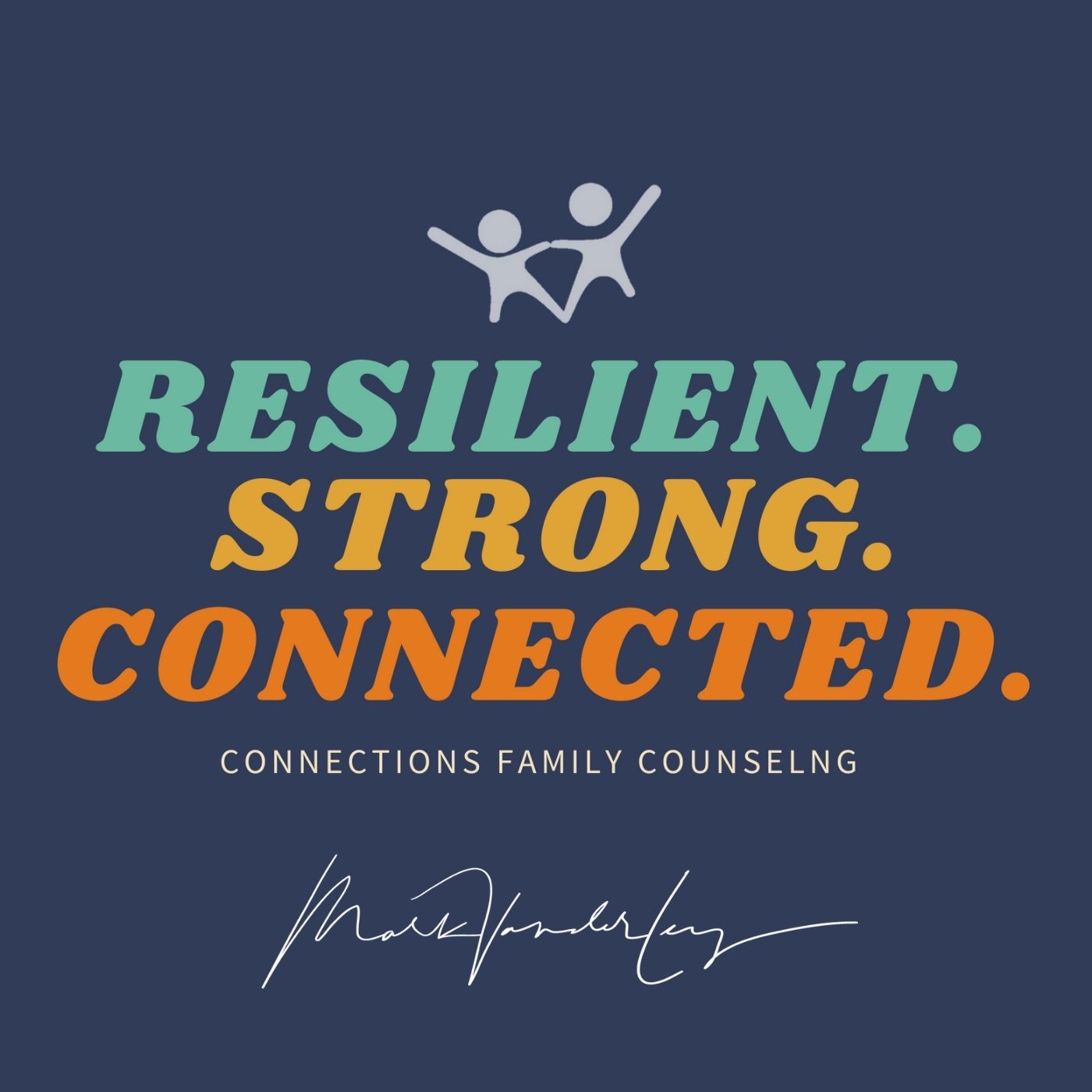Episodes

Monday Feb 15, 2021
Connection Is The Cure
Monday Feb 15, 2021
Monday Feb 15, 2021
Connection is the Cure
If you are like me, sometimes you look around in your home, your community, and the world and feel overwhelmed by the pain. So many people are hurting. Children are stressed to the point of thinking about taking their own life. Parents struggle to respond when adolescents seem rebellious, angry, lost, and out of control. Married couples hurt one another over and over again with disagreements, harsh words, and thoughtless actions. These are only examples found inside families. Our communities and world also express pain through war, hatred toward the ‘other’, and social isolation. The pain seems overwhelming and constant.
I hope to be a person that assists with the healing of the world, I desire to help families recover from unimaginable hurt and to walk with couples as they grow to love one another again. I want to impact my community in a way that increases understanding and decreases social isolation. But how? What is the cure for the pain that so many experience?
I believe that healing occurs in the context of relationship. Parents overwhelmed by the difficult behaviors and strong emotions of their child need relationship. Couples caught in a dance of conflict desire to know and be known. Our communities racked by violence and hatred are desperate for an end to the isolation of being ‘the other’. In short, I believe that connection is the cure. The book “A General Theory of Love” (Lewis, Amini, & Lannon; 2000) describes the resonance, regulation, and revision that occurs in deep connection as the cure for relational and emotional pain.
Resonance:
Resonance is defined as “the reinforcement or prolongation of sound by reflection from a surface or by the synchronous vibration of a neighboring object.” When you strike a guitar string the vibration from that string causes the strings next to it to vibrate. Even more, if the two strings are vibrating at the same speed they are said to be in resonance and they amplify or reinforce one another. Humans are constantly broadcasting signals about what is happening inside of them (Lewis, Amini & Lannon; 2000). As our inner world is broadcast we long for another to recognize our signals and synchronously reflect our experience. Synchronous reflection amplifies and reinforces our internal state. The amplification and reinforcement of our internal state allow us to experience the sensation of being known and knowing the other (Lewis, Amini, & Lannon; 2000).
Regulation:
The broadcasting and synchronous reflection of experience allows an individual to be known and to know another. This connection of two beings establishes a physiological rhythm resulting in the modulation of emotions (Lewis, Amini, & Lannon; 2000). When distressed we instinctively look for others to help modulate overwhelming feelings. We seek out support groups, friends, partners, pets, or service providers (therapists, doctors, etc…) to regulate our physiology. Lewis, Amini, & Lannon argue that learning to modulate emotions is not learned through didactic or cognitive learning but only through experience (2000). “They absorb the skill from living in the presence of an adept external modulator, and they learn it implicitly” (Lewis, Amini, & Lannon; 2000; p. 171).
Revision:
Regulation is the process of implicitly learning to modulate emotion in connection with another. Revision is the process of rewiring the brains relational pathways to create more fulfilling relationships (Lewis, Amini, & Lannon; 2000). Our relational pathways are shaped early in life through the previously described processes of resonance and regulation. Hundreds probably thousands of early experiences form our templates of relating to self, others, and the world (Bowlby, 1969). Often, these early ways of relating do not lead to fulfilling relationships. Revising these templates requires many interactions with another in new more fulfilling ways. Like the process of regulation, revision is best caught rather than taught. It is the experience of a new relational pattern that changes the brain for good (Lewis, Amini, & Lannon; 2000).
Connection
The cure for relational and emotional pain is connection. Connection is synchronous reflection of experience, the modulation of emotions with another, and the revising of relational neuropathways through experience. Healing through connection is incredible news, it means that we all have the ability to help our loved ones heal. We all have the ability to connect, it is hard work, and it will require revision of our own, but it can be done.
References:
Bowlby, J. (1969). Attachment and loss: Attachment (Vol. 1) New York, NY: Basic Books.
Lewis, T., Amini, F., Lannon, R., (2000). A General Theory of Love. New York, NY: Vintage Books.


No comments yet. Be the first to say something!